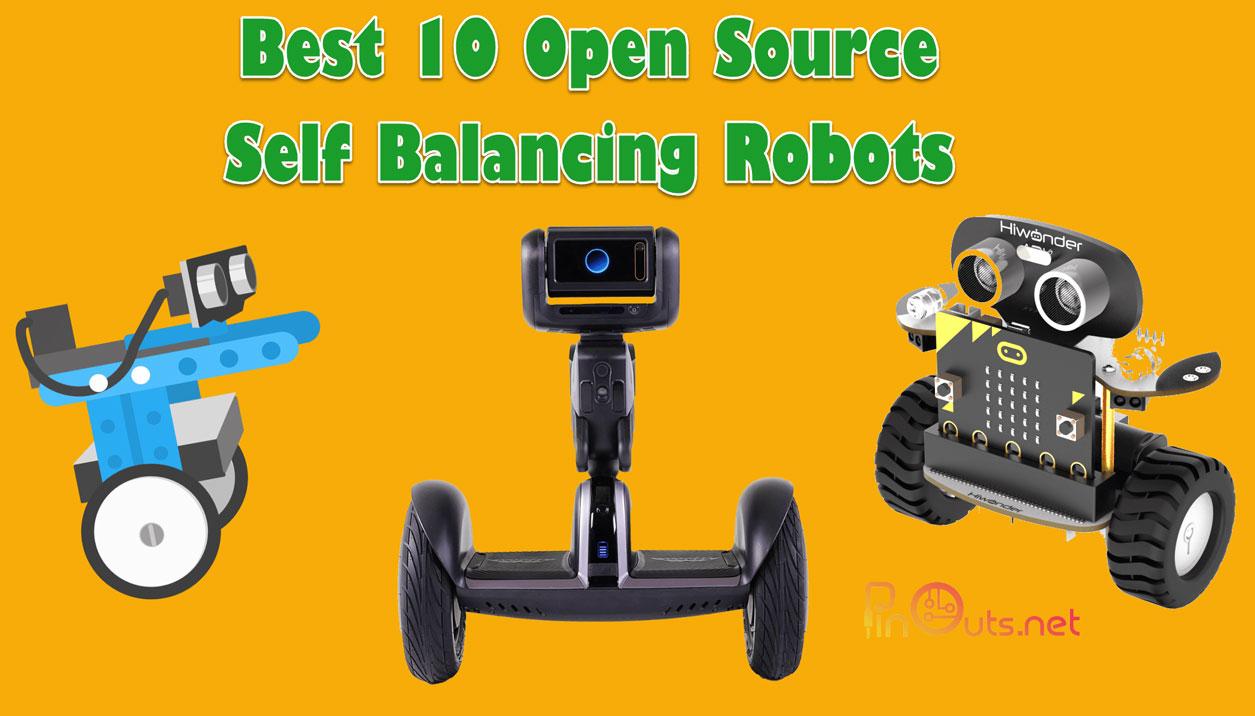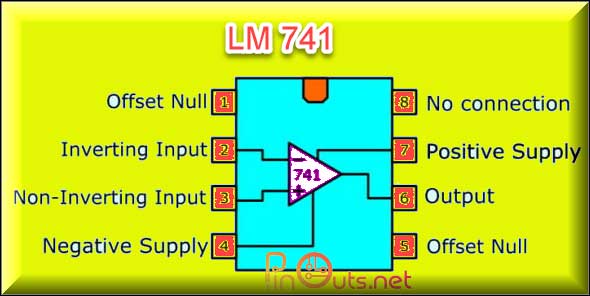Robots that can stay in balance on 2 wheels are called balancing robots or self balancing robot. Moving the robot on 2 wheels results in it starting to fall forward or backward. But the robot can resist this fall with the information it receives from the acceleration and gyro sensor.
Also look: Best 10 open source hexapod robots

Balance robots use basically the same few materials. These are; 2 motors (DC, step motor, 2 wheels, battery, sensor for balance (usually gyro sensor) and microcontroller (mostly arduino).
Some projects in the list were used Raspberry Pi. Arduino has lower capabilities according to Raspberry Pi. Some functions like image processing, video record need Raspberry Pi.
Before I start a project, I examine the projects that have been done before. I suggest you do the same. If you have an idea to make a balancing robot, you should definitely review the following projects.
101- Simple and cheap self balancing robot
This robot is a balance robot made with the cheapest materials on the market. You should not expect very high performance from this robot. Cheap and non-reducer DC motors will affect a good performance.
By adding a joystick module to this project, you can provide a remote control feature. You can also control it with smartphone by adding bluetooth module
Source
A simple and inexpensive balance robot with similar materials and similar features is also here. Moreover, this robot also has the ability to avoid obstacles using an ultrasonic distance sensor
92- Smart Phone Controlled Self Balancing Robot
The balance robot made by a youtube user named Tapendra Mandal is quite impressive. The Youtube video clearly shows how to do it. Moreover, the arduino codes of the project are also present in the video descriptions.
Code
83- Different-looking self balancing robot
There’s a balance robot called Ascento that’s used for industrial work. An open source project similar to ascento’s appearance was posted on the Pro Know youtube channel. Moreover, the materials used can be bought cheaply and can be found everywhere.
Source
74- Super fast 3d printed self balancing robot: B-Robot
Everything you’re looking for is also B-Robot. If you are looking for an open source balance robot with 3D models, codes and construction stages, this project is ideal for you. Increased speed is what attracts my attention the most. This robot is really fast.
Attention : 1:10
65- Very small- nano self balancing robot: Zippy 2.0
Zippy 2.0 is the smallest balance robot I’ve ever seen. In fact, it’s not so hard for a balance robot to be small. Small size balance robot can be made with Mini dc motors, small wheels, arduino mini and a thin li-po battery. But here the main issue is balance. A balance robot’s short stature brings some difficulties in terms of achieving balance. As far as I can see, Zippy has solved this problem.
Add: I found a smaller balance robot: Piddybot
56- Jostick controlled Open source self balancing robot
if you are looking for a great open source balance robot that you can control as you want with the joystick, this project is for you. The robot’s body is made entirely of wood. Even its wheels are CNC-cut. That’s one of the factors that reduces the cost of the robot.
Source
In this Arduino Project Tutorial, I Built Self Balancing Robot with Smartphone Control using Arduino Microcontroller. This Self Balancing Robot is a Two-wheeled Robot that balances vertically using a closed-loop algorithm. This Self Balancing Robot Features various modes like Position Hold, Simple Mode, Rise Mode and Joystick Control. This Robot is controllable by a Smartphone device or a Transmitter. Self Balancing robot uses data from the Accelerometer and Gyroscope to correct its orientation and position.
38- Obstacle Avoiding Self Balancing Robot
Rasberry Pi was also used in this robot. The biggest reason for this, of course, is the camera module. Arduino is not available for high-capacity jobs, such as video processing.
4 arduino were used in this balance robot. One arduino Arduinos were used for distance sensors, one arduino for motor control, and one Arduino were used to receive information from the acceleration sensor. Raspberry Pi was also used to get video. This project needs a higher budget than other balance robots.
Source
29- Simple 3D printed self balancing robot
Arduino was used as a control element in this balance robot, which is quite simple, simple, made of few materials. If you have a 3D printer, you should seriously consider making this robot.
If you like, the same website also has a balance robot that escapes the obstacle. You can also easily add this feature to your robot. The source website contains schemas and codes.
Source
110- Balanduino- KickStarter Open Source Project
Balanduino is a successful kickstarter project. And it’s a completely open source project. Watch the video. If you also want to make a balanduino, you can browse the source websites below the video.
Conclusion in this article, we showed you 10 open source balance robots. It’s up to you to do one of them according to your budget, the facilities you have and your technical information. If you also made a balance robot and want to share it with us, you can write to us in the comments section. Also, if you have a balance robot that you want to add to this list, you can also write to us in the comments section. If you like such topics and want us to prepare more such topics, you can share our topic on your social media accounts or say hello in the comments section.










